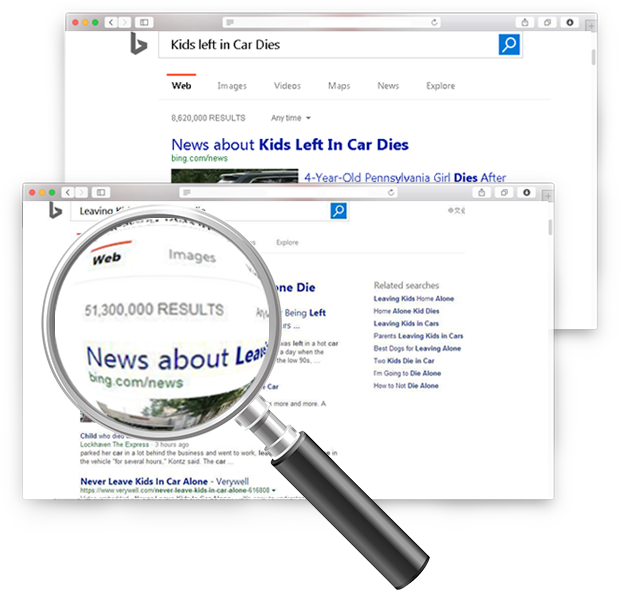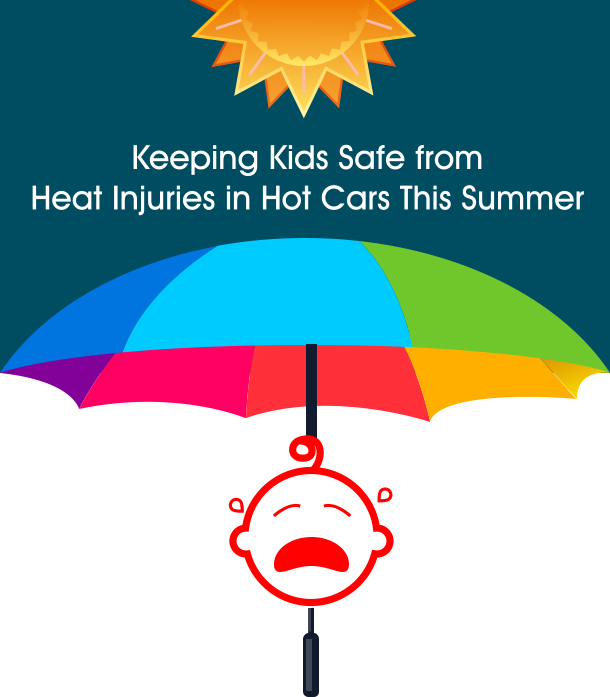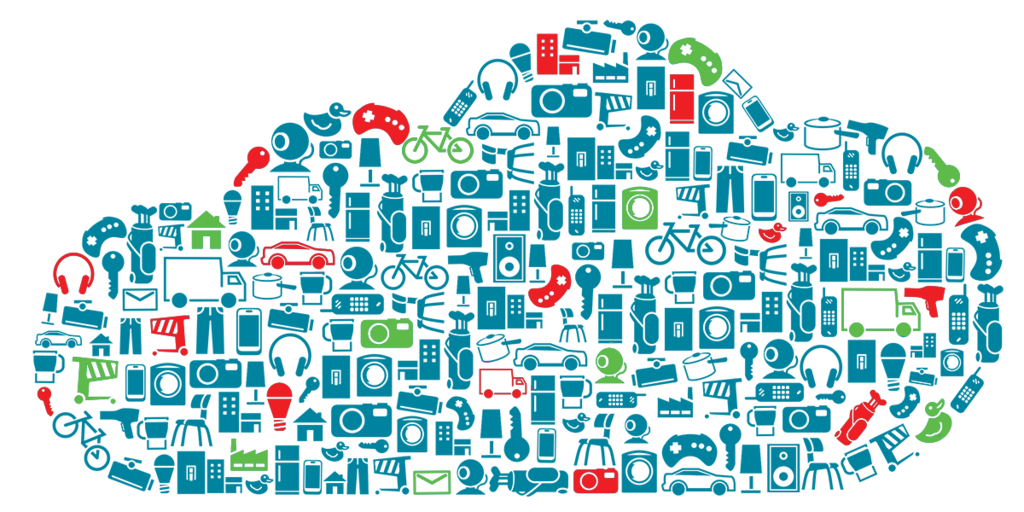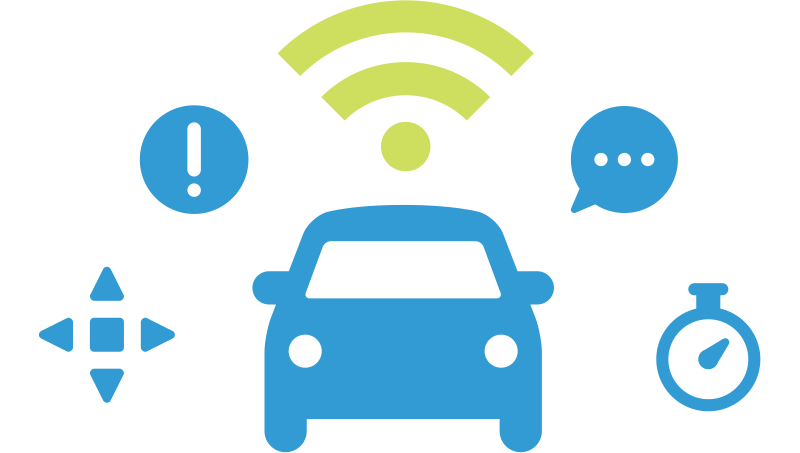Contacts

- Nabeel Hodroj - nabeelhodroj@mail.tau.ac.il
- Anees kharouba - aniskharouba@mail.tau.ac.il
- Raed Massalha - ra2ed.mass@gmail.com
- Muhammad kayal - hamodykayal@gmail.com

The issue
Lately our reality has been including more and more cases of kids forgotten by their loved ones in vehicles.
But, there hasn't been any live solution in the field to prevent more disasters.
Even though technology in our days can provide that.

But, there hasn't been any live solution in the field to prevent more disasters.
Even though technology in our days can provide that.

Our idea
We want to provide a solution for this cause:

- Notify parents in real time of a possible emergency.
- If the parents didn't respond: Take action in the car and apply an automatic solution.

Project Description
- The main goal of our projects is to prevent situations whereas people leave passengers behind, locked inside the car. We are trying to lessen the number of such tragic incidents.
- We used the Raspberry PI 2 combined with OBD2 to determine if the car the car's status is Off / On. In a case the car status is of , we start polling our sensors to verify that there is in fact a passenger locked in, which the system would notify about immediately.
Project Components
Hardware

- Raspberry Pi 2.
- Force Sensitive Resistor
- PIR Motion Sensor.
- Temperature Sensor.
- OBD II (ELM 327).
- Bluetooth.
- Microsoft's Azure (Notification Hub).
- Our own Android application.
- Our own UWP application.

Installation

- We connected the OBD to the car to gather info.
- Force, temperature and motion sensors are connected to the child's seat to verify if someone's in the seat.
- The Raspberry Pi in the car is connected via Bluetooth to the OBD, to analyzes the data, and take action if needed.
- We installed our application on the relevant devices.

How does it work?

- The app we developed for the R-Pi polls the OBD together relevant info via Bluetooth (specifically, the RPM of the car), to find out if the car is on/off.
- If the car is off, the sensors start polling as well, to verify the existence of a passenger inside the car.
- In case there's actually someone in the car, we immediately send a notification to the relevant user. It arrives as a push-notification via Microsoft Azure and Google Cloud Messaging.

Links
- GitHub: The project Source Code
- GitHub: The Android App's Source Code
- Youtube: Running and Explanation video
- Presentation: NotifyMe presentation - Prezi
- Wikipedia: Paramter ID's of OBD II